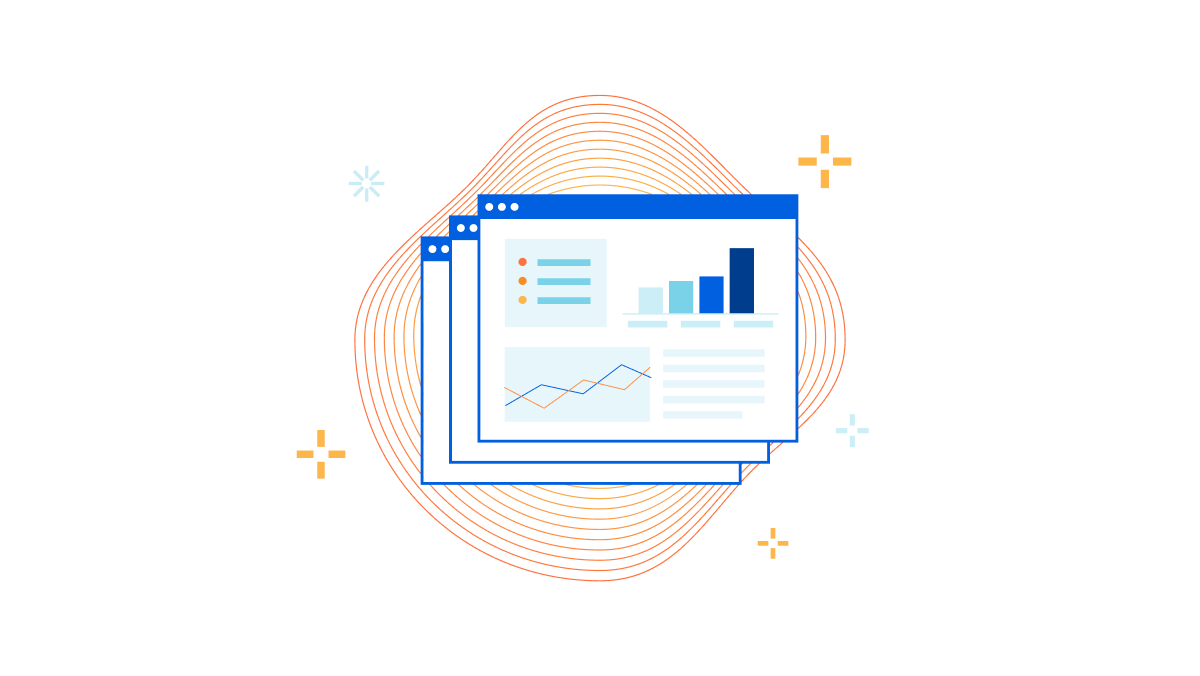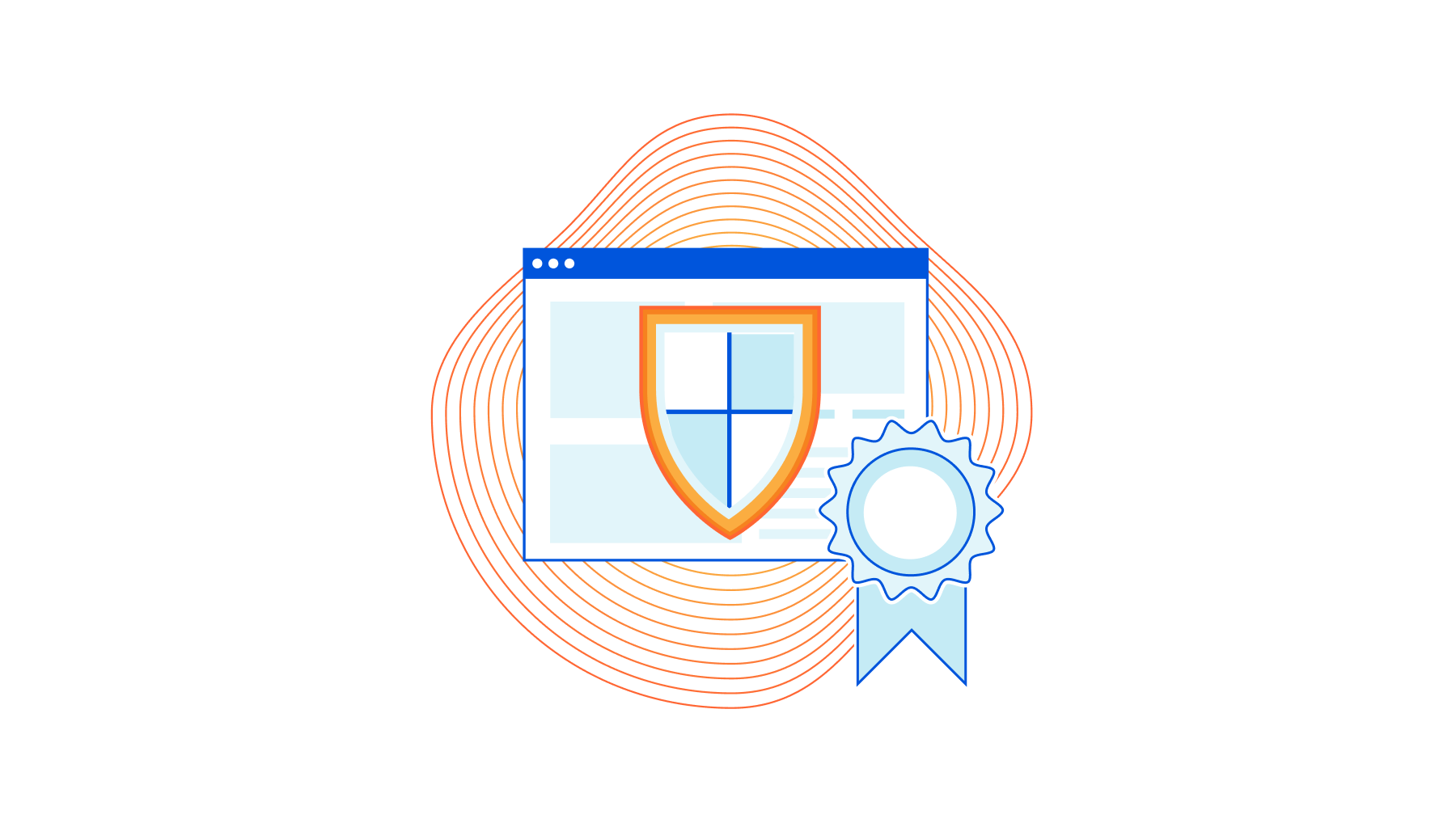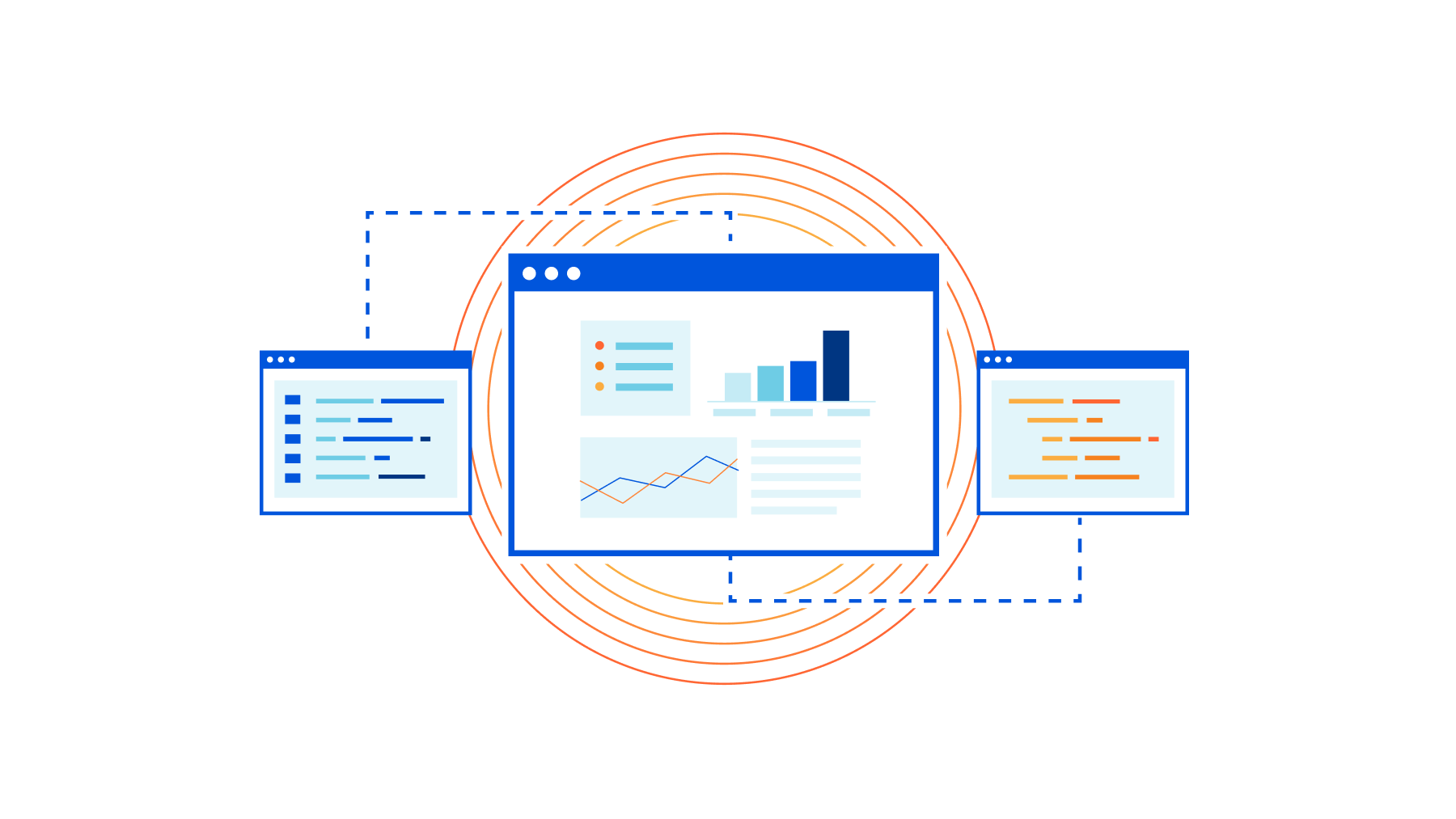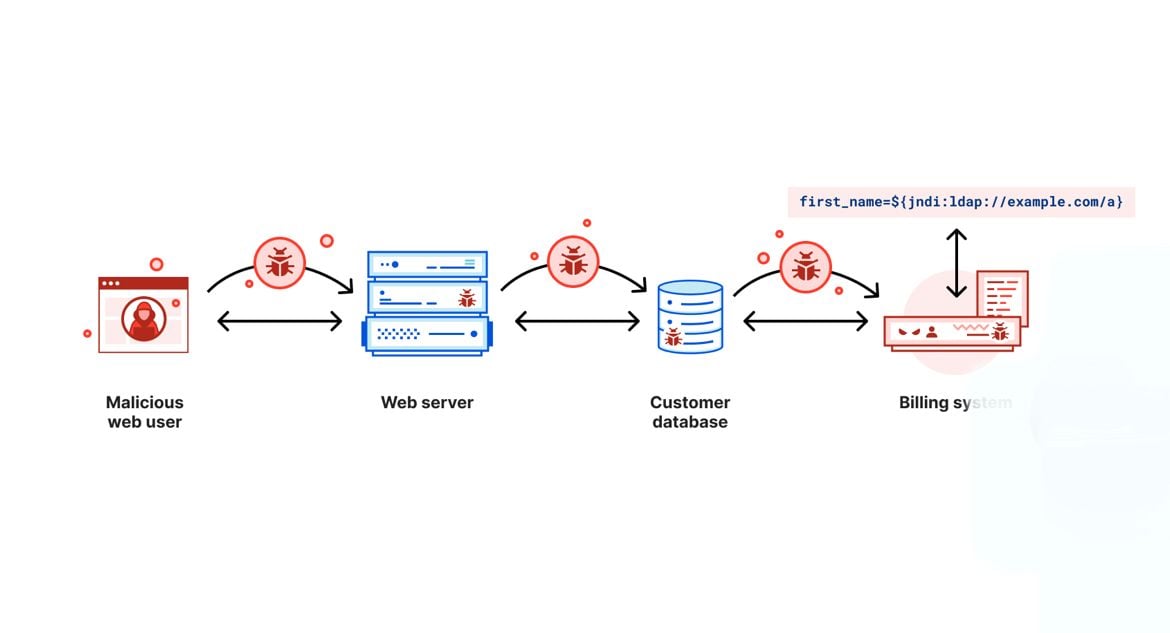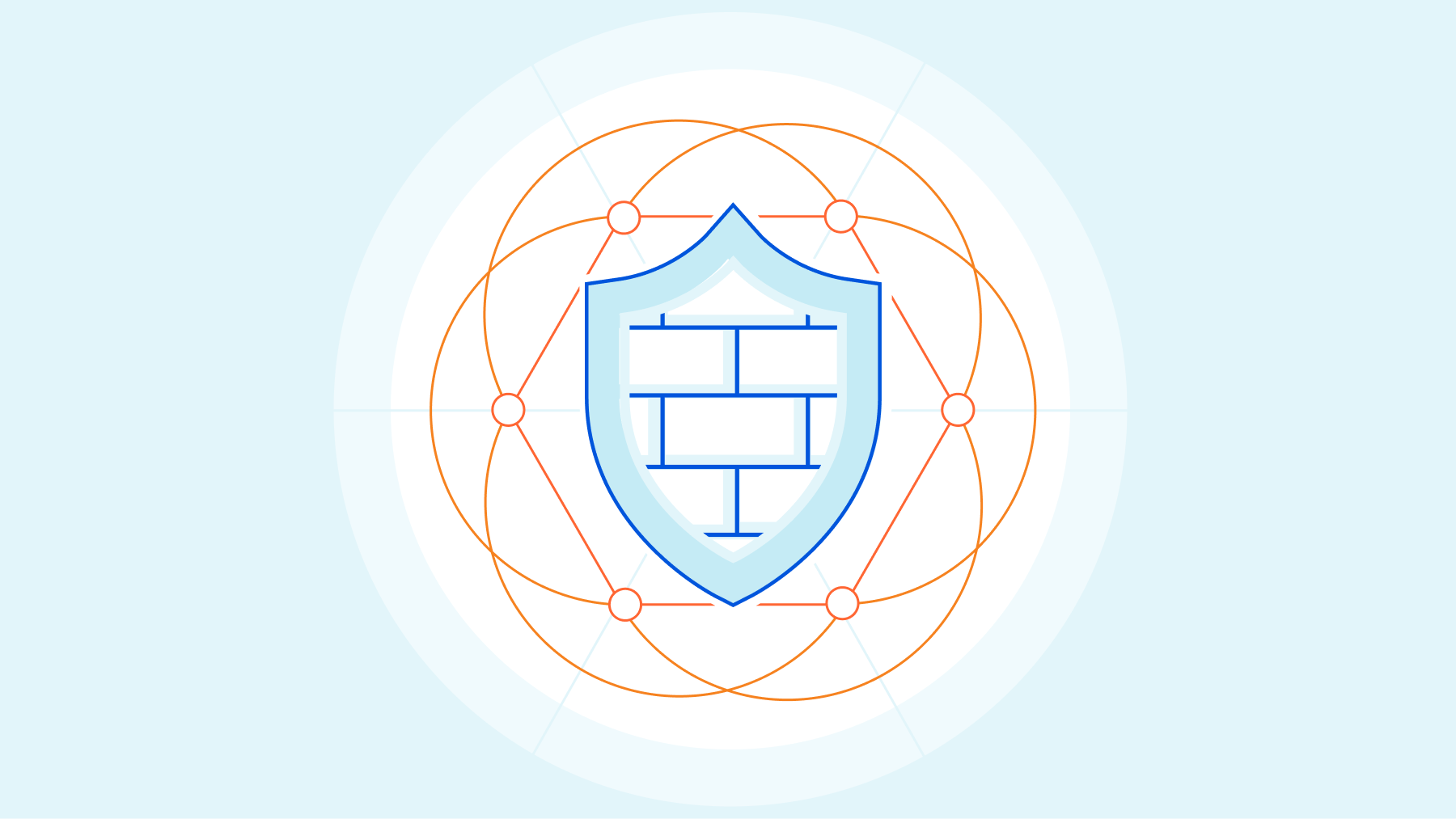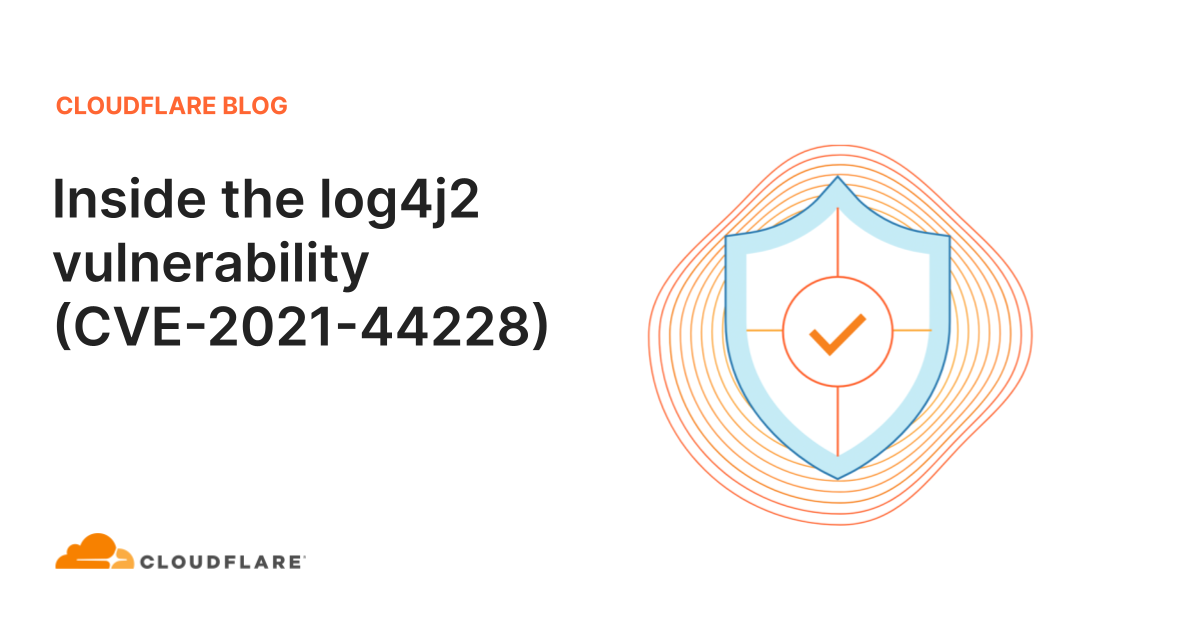Running Network Automation Tools in a Container
Setting up a network automation development environment is an interesting task:
- You have to install a half-dozen tools, each one with tons of dependencies;
- SSH libraries like paramiko have to installed manually;
- Ansible modules for individual network devices might need extra libraries;
- Parsing tools invoked with Ansible Jinja2 filters have to be installed separately;
- Add your pet peeve here ;)
Now imagine having to do that for a dozen networking engineers and software developers working on all sorts of semi-managed laptops. Containers seem to be one of the sane solutions1.



